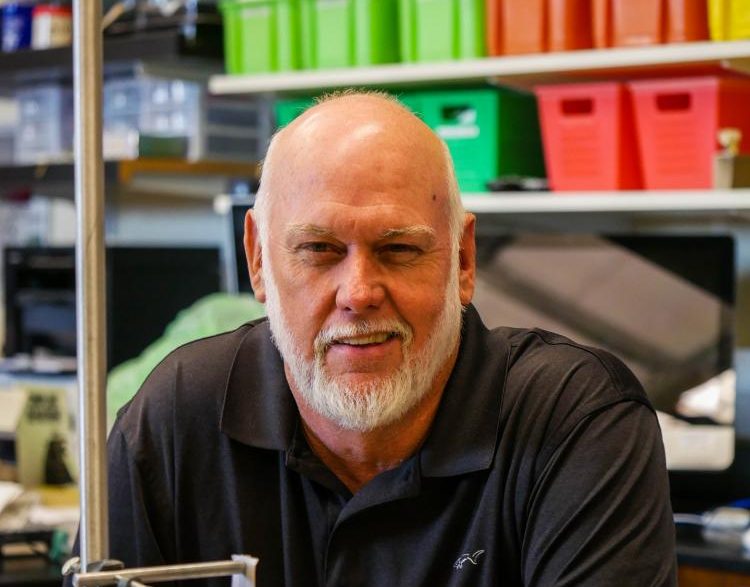The environment of the constructivist classroom benefits students of a certain type, those with strong social skills and a desire to collaborate, but it can hurt students of another.
Emory University neuroscientist Gregory Berns found that when we take a stance different from the group’s, we activate the amygdala, a small organ in the brain associated with the fear of rejection. Berns calls this “the pain of independence.”
This pain can be a trigger for nearly seven percent of Americans suffering from social anxiety disorder (SAD). Specific common fears experienced in this syndrome include that of small group discussion and having to do something by being watched.
Constructivist teaching can create a potentially nightmarish classroom experience for people with SAD. Those suffering from this disorder may not appear anxious, and a teacher occasionally scanning a classroom is likely to fail to detect it or misinterpret it as a poor social skill.
For that matter, individuals with subpar social skills, such as the more than fifty percent of the world which is introverted, may also struggle to become active in the learning process in the way that constructivist teaching attempts to accomplish.
So the question arises, must a student embrace the constructivist teacher’s social vision to succeed in the class?
Numerous studies have demonstrated the negative effect of SAD and other types of anxiety disorders on individual student academic success. It is common for a constructivist teacher to assign grades based on how students work with their peers during group projects, even if such collaboration is not a specific term goal for the class.
In Clayton, the answer to this question is maybe so. Core to the Clayton School District’s values are “independence, creativity, and critical thinking.”
The District desires that all Clayton students demonstrate these characteristics once they complete their education. The district plans to accomplish this by “building individual motivation and social interaction for purposeful engagement in learning.”
Constructivist thinking appears to be deeply woven in the District’s mentality, and this can lead to a problematic classroom experience.
One in-class practice which demonstrates the negative effect of the constructivist model is small-group presentations. In my experience at the Clayton School District, I have been subjected to many of these classroom projects.
Inevitably, the teacher brings the class together and explains that the next assignment is to create a PowerPoint presentation with a group of peers on one topic or another. The goal of this project is always to encourage students to take initiative for their own learning and to incorporate multimedia learning devices into the everyday classroom experience.
However, this project falls short of these goals in a few important ways. According to Keith B. Hopper, professor of instructional technology at Kennesaw State University, in an attempt to encourage collaborative learning, the teacher, has inadvertently subjected “all students in the class… to many linear presentations, although these will be developed and delivered by students with neither content expertise nor teaching skill.”
Hopper concludes that “there is no is no compelling instructional advantage in students developing PowerPoint presentations,” and that “it has been [Hopper’s] perception that this shallow use of technology usually fails as a cognitive tool, and student focus is shifted away from concepts and toward trivial aesthetic and technical issues.”
And yet, in the constructivist classroom, this type of project is frequently assigned. The justification for the project is often that collaboration makes students more active in the learning process, but not only do some types of constructivist assignments alienate the large population of individuals with poor social skills but also doesn’t produce valuable lessons for extroverted students.
In the constructivist classroom, collaboration often comes at the cost of strong lessons.



